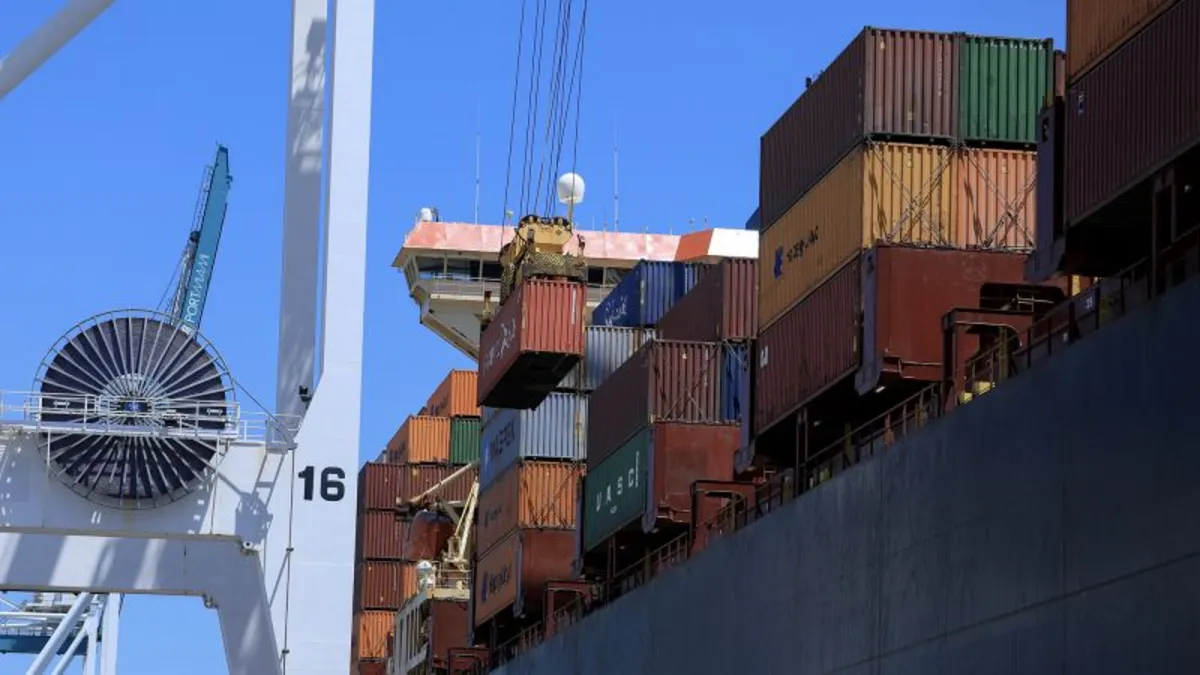
In a significant legal development, President Donald Trump’s most substantial tariffs have successfully navigated a critical court challenge. On Tuesday, a federal appeals court ruled that the tariffs can take effect while ongoing legal disputes are resolved. This ruling comes as the court has placed the tariff cases on a fast track for resolution this summer, indicating an urgency for clarity in these complex matters.
The recent decision follows an appeal by the Trump administration against the Court of International Trade’s previous ruling, which determined that the president had overstepped his authority by imposing country-wide tariffs under the pretext of a national emergency. The court stated, “Both sides have made substantial arguments on the merits. Having considered the traditional stay factors… the court concludes a stay is warranted under the circumstances.” This stay is pending as the appeal proceeds, with the full panel of judges set to expedite the hearing.
The court’s order emphasized that these cases present issues of exceptional importance, warranting expedited en banc consideration of the merits from the outset. This rapid progression aims to clarify the legality of the tariffs and their implications for various sectors.
In response to the court’s ruling, Ilya Somin, a law professor at Scalia Law School, George Mason University, and a lawyer for the plaintiffs, expressed disappointment. He stated, “The court’s decision is unfortunate,” but remained hopeful that the expedited review would lead to a permanent resolution soon. Somin reassured that the ruling does not address the merits of the case and maintained confidence in the strength of their legal arguments.
It’s crucial to note that the appeals court ruling does not affect the sector-wide tariffs that Trump previously enacted, which include levies on aluminum, steel, cars, and car parts. These tariffs were implemented under Section 232 of the Trade Expansion Act, a separate legislative framework from the one cited for the broader trade actions currently under scrutiny. Section 232 empowers the president to impose tariffs on specific sectors deemed necessary for national security.
Despite the ongoing legal challenges, the administration retains several legal levers to impose higher tariffs. These include other laws that allow the president to implement tariffs, albeit in a more restricted manner compared to the International Emergency Economic Powers Act (IEEPA). Trump has sought to utilize IEEPA to introduce “reciprocal” tariffs, proposing a 10% universal tariff and import taxes on countries such as Mexico, Canada, and China in response to their alleged roles in facilitating illegal immigration and the flow of fentanyl into the United States.
According to estimates by JPMorgan economists, barring any additional import taxes and without the IEEPA-related levies, the nation’s effective tariff rate on goods could decline from 13-14% to 5%. However, this rate remains approximately double that of the projected levels for 2024. The latest ruling adds to the uncertainty that businesses face regarding future tariffs. Since reclaiming office, Trump has frequently adjusted tariffs, leading to confusion among companies and consumers about the costs of imported products in the coming weeks and months.
As President Trump encourages businesses to relocate production within the United States to mitigate tariff impacts, it is essential to recognize that this transition requires substantial investment and time, often amounting to millions or even billions of dollars. The evolving landscape of tariffs continues to be a pivotal issue for the economy, and further updates are anticipated as the legal proceedings unfold.
This article has been updated with additional context and developments, with contributions from CNN’s Samantha Delouya and Samantha Waldenberg.